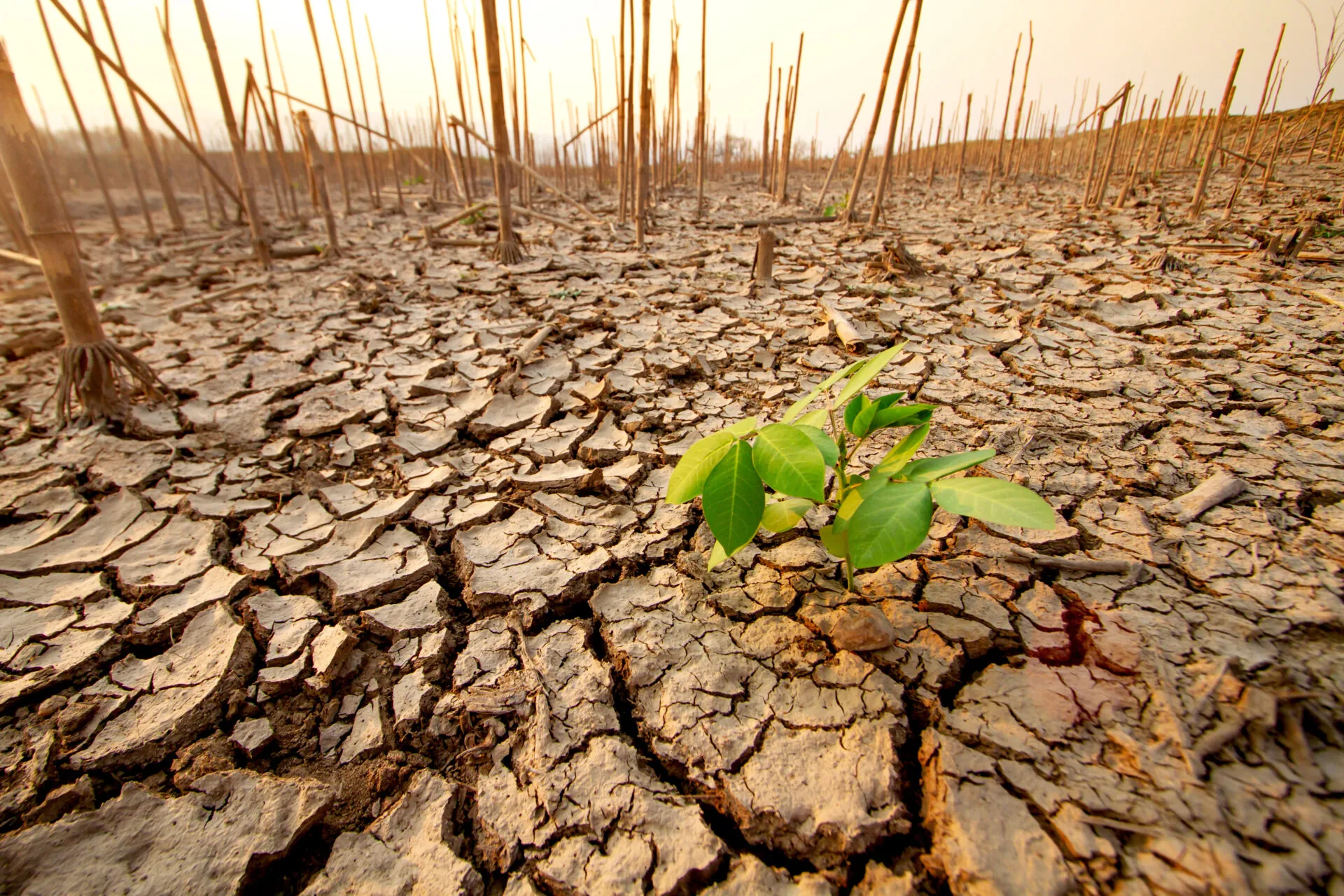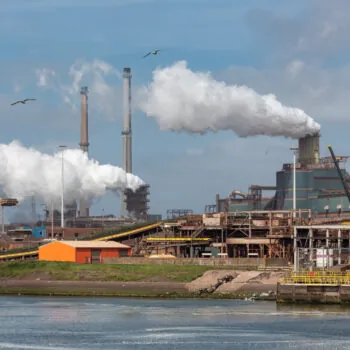As we consider how to reform the international financial architecture, we have the opportunity to map the journey out of the debt and resilience crisis for climate vulnerable countries. This paper, a collaboration between E3G and Mistra Geopolitics, explores the geopolitics of debt and finance in relation to the critical need to build resilience globally and specifically in relation to those countries at the forefront of climate impacts.
The world is facing interlinked climate and debt crises. Each has the potential to make the other worse.
The impacts of climate change damage economic assets, so people, businesses and states must invest to replace them. Outsized debt burdens make economies less resilient and restrict the fiscal capacity that is needed to replace assets lost, and the investment in resilient and climate friendly solutions for the future.
To date, much of the focus on debt and fiscal space is from the perspective of ensuring that there is sufficient finance to invest in climate mitigation and adaptation. An example is the commitment by developed nations at COP15 in Copenhagen in 2009 to mobilise $100 billion dollars a year by 2020.
Here, we address debt and climate through the lens of resilience. The more resilient a country is, the more it can address crises such as debt and climate. But of course, climate and debt also negatively impact the resilience of societies and economies. To ensure that these twin crises don’t conspire to keep countries in frozen and climate-vulnerable states of development, we need to find pathways out of this negative feedback loop.
In this paper, we map the critical nature of resilience, especially in the light of climate change; we examine the evolving debt crisis, and what makes this present situation particularly challenging; and we explore why action is so politically and geopolitically contentious. With this background, we outline some possible ways forward to resolve these issues.
Key findings from the report:
- Resilience, or the ability to bounce back, is essential to the success of economies and societies.
- Debt levels across the world have been rising, with particular pressure on low-income countries (LICs).
- Climate resilience, and debt restructuring are now geopolitical issues.
- Clear roadmaps, and transition plans, will help frame the roles, and actions, of debtor countries, their donors and creditors in emerging from the present crises.


